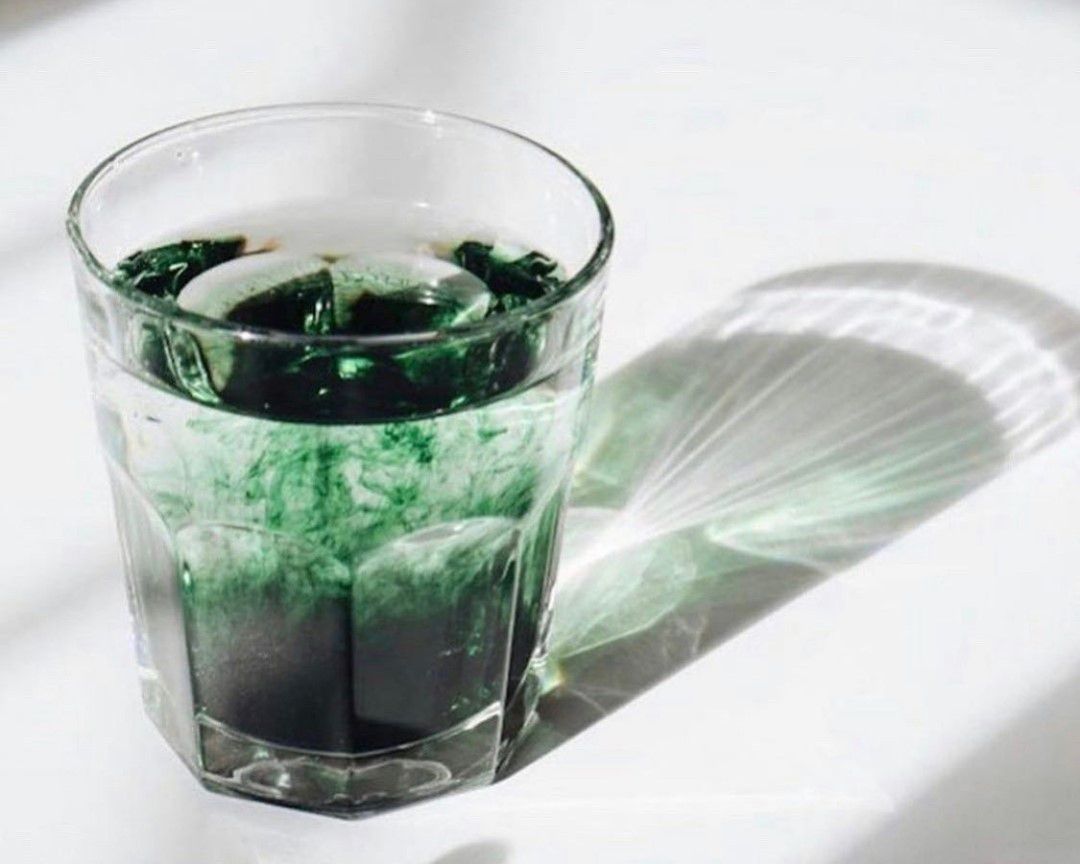How to Improve the Appearance of Scars, Straight From Derms
Scars form when an injury is deep enough to cause damage within the dermis, the layer of skin underneath your epidermis that contains collagen, elastin, and blood vessels. Scars can occur after major traumas, such as car accidents, but they can also occur with milder traumas, such as acne, falls, and skin picking. In the below article, Mary Stevenson, MD, and I will briefly review the different types of scars and ways to treat them.
Types of Scars
Not all scars are the same. There are five broad ways to describe a scar. A scar can have more than one of these descriptors.
- Well healed, normal scars are scars that appear as expected. They are the same color as the surrounding skin and not raised or shallow.
- Atrophic scars are scars that appear wider than expected and stretched.
- Hypertrophic scars are scars that appear thicker than expected.
- Hyperpigmented scars are scars that are darker than surrounding skin.
- Erythematous scars are redder than surrounding skin.
What a Scar Looks Like Will Depend on Three Factors
- What caused the scar. In general, a surgical excision that is closed in a line with stitches will heal better than a wound that is left to heal by itself. There are some places of the body that naturally heal very well, like the hands and the face, but this is a general rule.
- How the scar is taken care of. Wounds that become infected will, in general, not heal as well as wounds that are properly cared for. In addition, frequent stretching of the underlying muscle (e.g., working out the muscle underneath the scar) during the early stages of healing can lead to stretched scars or a thickened scar.
- Your genetics. We each have a tendency to scar in a certain way. Some people “heal well” with barely noticeable scars (given appropriate conditions for #1 and #2). Some people are prone to keloids or thickened scars, and some people are prone to thin, stretched scars.
Protect the Scar With Sun Protection
Stevenson says, “SPF, SPF, SPF!” Healing tissue is prone to hyperpigmentation, and a scar is continually changing for at least a year. Healing scars should be covered with sun protection or clothing when exposed to the sun to prevent hyperpigmentation.
Keep the Wound Covered
Most people think that it’s a good idea to keep a healing wound exposed to open air. This is wrong. Stevenson and I typically recommend that patients keep ointment on healing wounds for the first few weeks. This will allow for quicker healing. The wound can be left uncovered during the shower to allow soap and water to run over it.
Use a Silicone Gel to Promote Normal Healing
Silicone is among the most effective topical treatments for healing scars. Silicone helps to promote healthy scar formation. Avene scar gel makes an easily accessible scar gel that’s available over the counter. Apply two times a day once the top layer of skin has healed.
Gentle Massage
Gentle massage prevents scars from pulling on surrounding tissue. Masage the wound with gentle pressure for approximately two minutes, 2–3 times a day.
Minimize Relevant Movement During Healing
Scars heal best if there is minimum stretching of the area, which can occur with exercise. In general, I recommend avoiding activation of the underlying muscle for three weeks post surgical procedure. However, not all types of exercise need to be avoided. For example, walking and lower-body work are fine after a shoulder excision. However, running would not be.
Topical Retinoids for Thin Scars and Stretch Marks
Scars appear atrophic due to a lack of collagen and elastin underlying the scar. Retinoids can be helpful to stimulate collagen production. The results are modest and take time, but prescription retinoids are among the best treatments for thinner scars.
Intralesional Kenalog for Thickened Scars
Thickened scars can be flattered with a simple, in-office injectable procedure. It may take a series of treatments to see improvement in thickness, but any related itching and/or pain should improve with each treatment.
Laser and Microneedling for Thin Scars
Once a scar has fully formed, procedures that penetrate to the level of the dermis are the best treatment options. Stevenson notes that there are several procedural options for improving scar appearance including thulium 1927, pico second lasers, CO2 lasers, and microneedling with and without radiofrequency. She notes that often a combination approach works best.
Pulsed Dye Laser for Red Scars
Pulsed dye lasers target blood vessels. They are often used to treat redness associated with rosacea, but they can also decrease the redness of scars. They can also be helpful for improving the appearance of scars.
Laser for Pigmented Scars
Treating pigmentation within a scar can take time, but laser treatments such as laser genesis, clear and brilliant, and pico second lasers can be impactful.
Consider Replacing the Scar
Stevenson notes that skin of stretched scars can be excised and replaced with a more controlled and improved scar.
Consider Filler for Acne Scars
In addition to retinoids and procedural treatments, filler can be an effective treatment to fill in acne scars.
Time
A scar continues to heal and repair for up to a year. Proper care with massage and sun protection will yield continued results. However, starting treatments above, if needed, can be helpful earlier rather than later. It’s advised to see a board-certified dermatologist to discuss what is the best course for you.
Scars can occur from surgical procedures or from inflammatory conditions like acne and picking. The best way to take care of an early scar is with appropriate wound care and sun protection. Formed scars can be replaced by surgical treatments or remodeled with various procedures.









